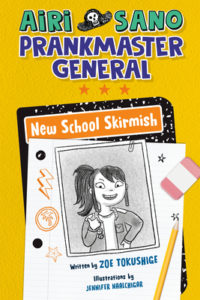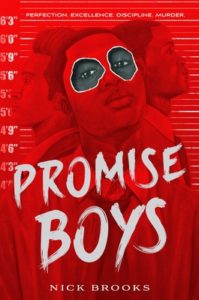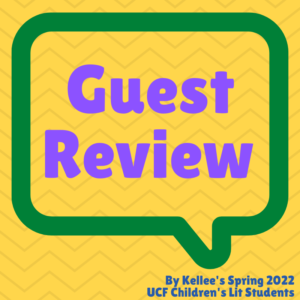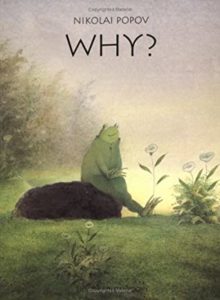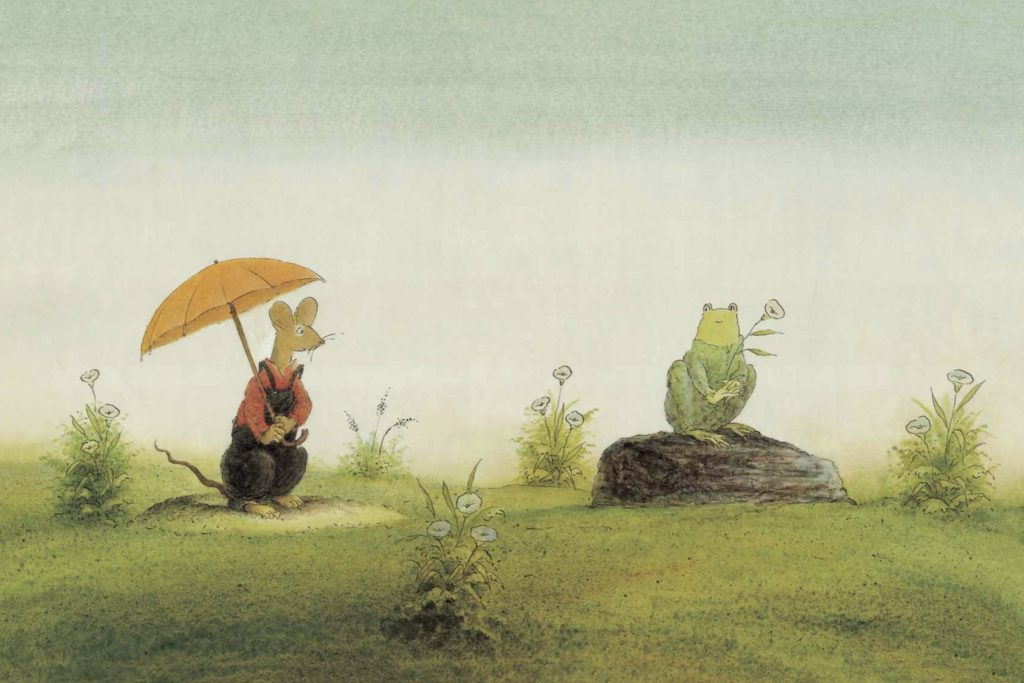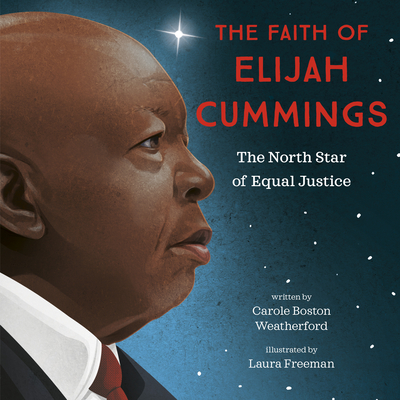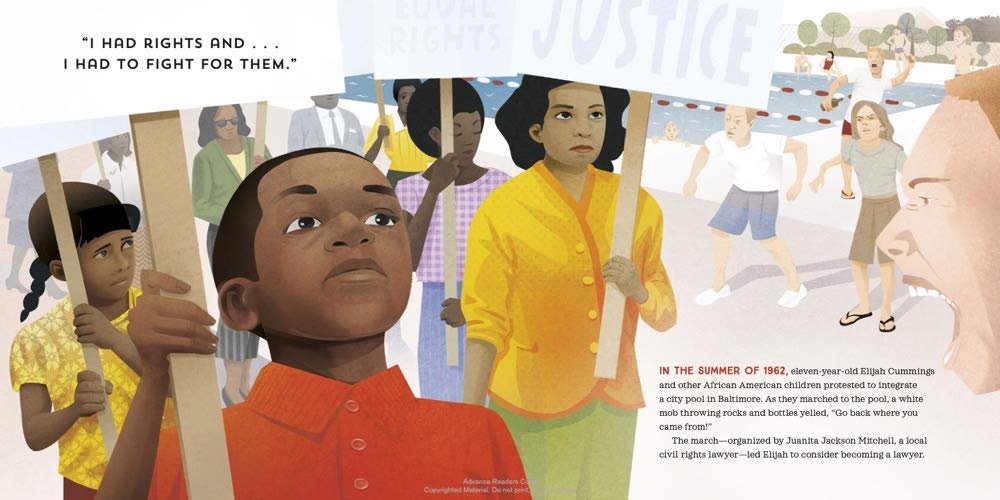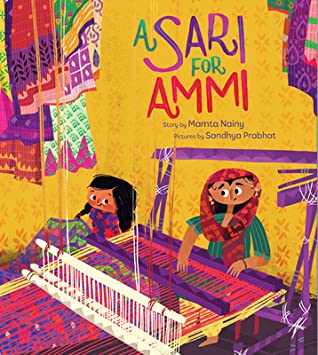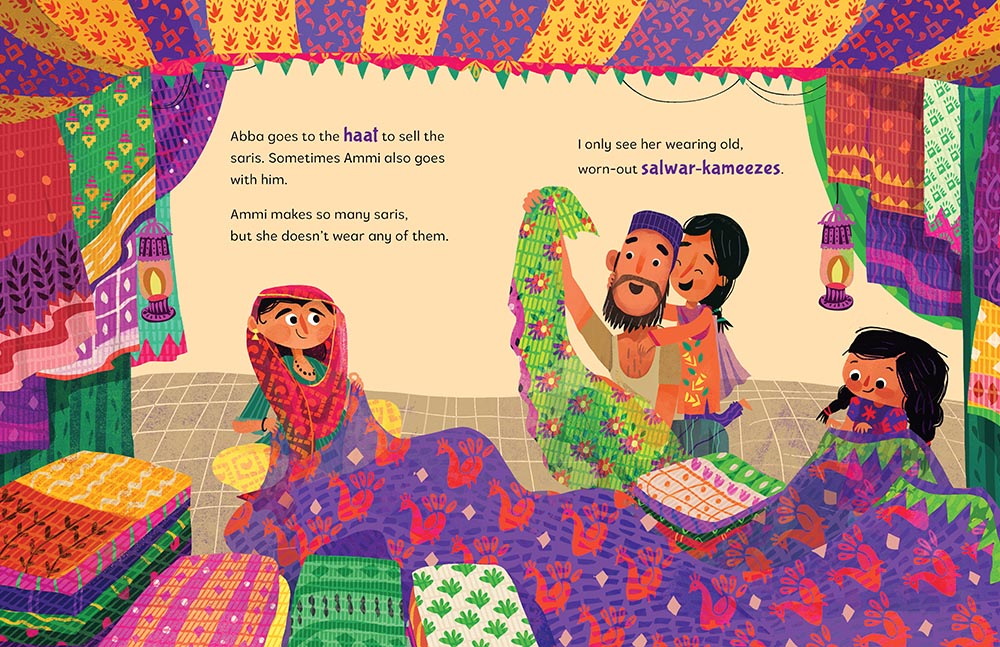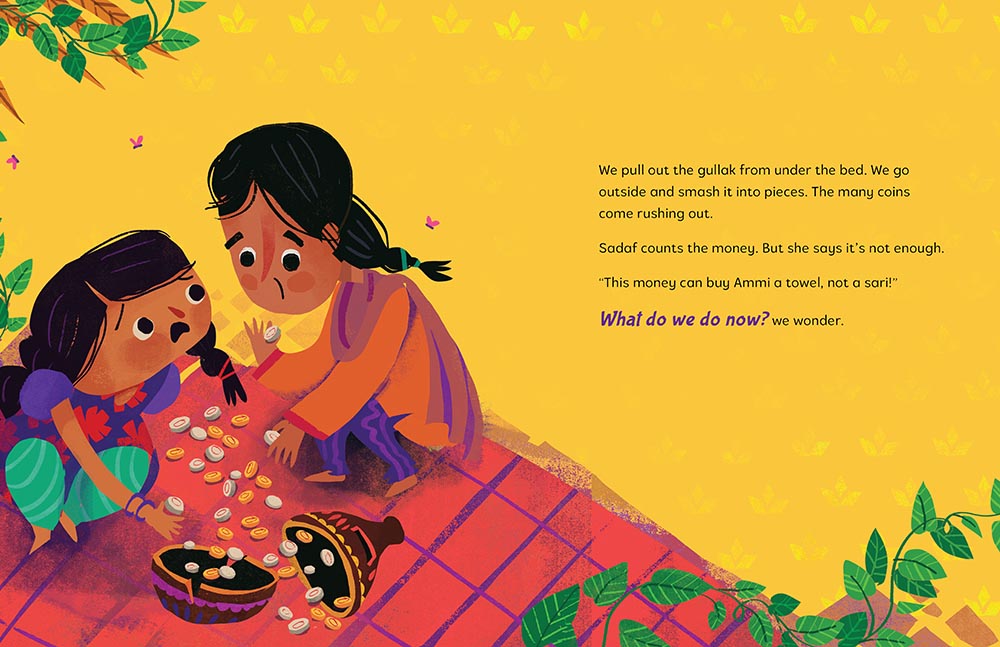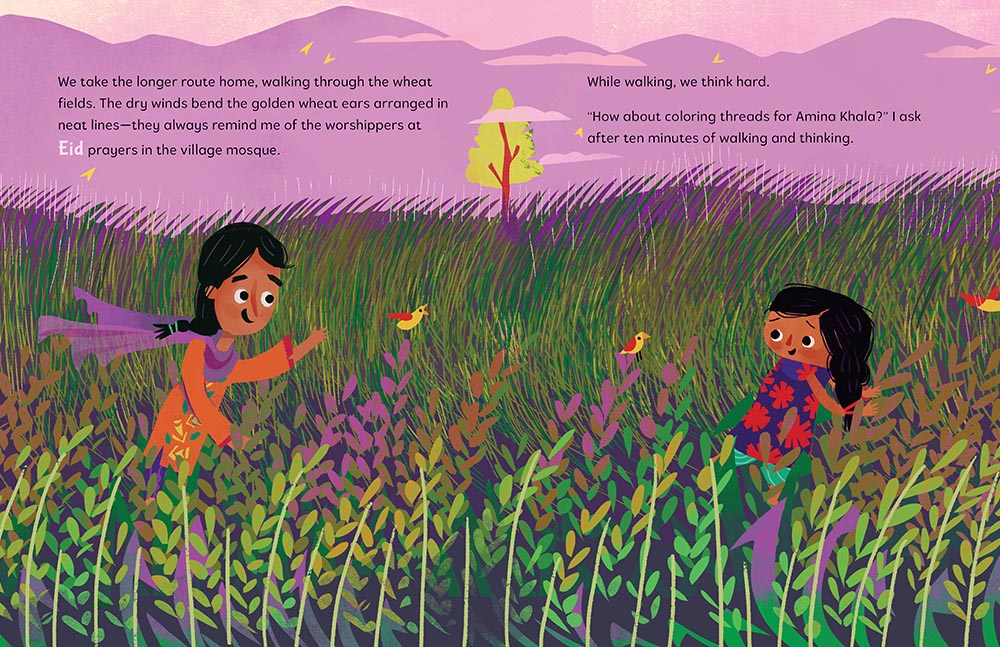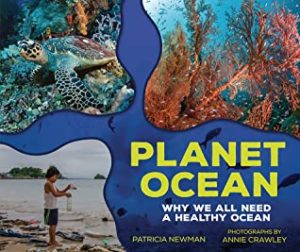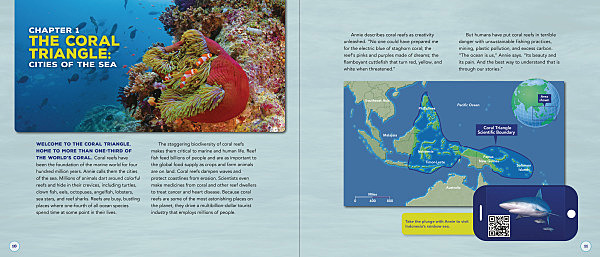“Story Talk: Use Conversation to Fall in Love with a Book–A Reading Resource using Float by Daniel Miyares”
Reading a story with a child is one of the most loving ways to build a relationship. Snuggled up together, you can laugh, feel sad, be curious, and learn something, together. Stories open up worlds and let us see things through the eyes of another. It’s the best way to teach empathy.
The first few times you read a story, just enjoy the experience of saying the words, or looking at the pictures. How is your child responding? Let them just sit with the feelings they have.
But you don’t have to stop there. The real reason to read a story more than once or twice is so you can get to know it better, learn its secrets, discover what it’s trying to tell you. Just like a new friend, the first few times you meet, you just want to have fun. But each time you return to the story, try to learn a little more about it. This is how you fall in love with storytelling, and with reading.
Here’s a secret about authors: They wish they could be in the room with you, talking to you about their story. Since they can’t do that, they leave you clues instead. It’s like a puzzle – can you figure out what the author was thinking about? Why did they use that word, that color, or those images? The author loves it when you take the time to get to know what they are thinking.
Once you feel like you understand howthe author thinks, see if you can determine whythe author thinks that way. What was this story really trying to tell you?
Take a look at the picture book Float by Daniel Miyares. There are no words, but it is most definitely a rich story. The first time you read it, just flip through the pages and ask your child what is happening. What is this story about?
After a few reads, you can stop at a few places on each page and point to something, pose a question, and ponder with your child about the choices that the author or illustrator made. Not only are you getting to know the story better, you are providing your child with a blueprint for how to approach reading. Can they visualize something? Will they make a prediction? Does this story connect with their own life in any way? When children can do these things on their own, they are more likely to stay engaged with reading, and to go beyond the surface to explore deeper understanding.
If you want an example of how this can look, follow the prompts in the figure below. On each page of the story, notice the feature identified under “Stop at…”. Have a conversation about the feature. As you do this, you are modeling great reading strategies, such as Visualizing, Making Predictions, Summarizing, Asking Questions, Inferring, or Making Connections to the text. These conversations are reading skill-builders.
Then, go a little deeper. Ask your child to consider what the author was thinking about, or to try to explain a choice the author made. These questions will help the child understand that behind every story is a human being who just wants a moment of your time to talk to you about something they care about.
In school, teachers will call this “close reading.” Close reading means reading a text more than once, for multiple purposes. First, read to get the gist. What is the story about? Who are the characters? What happens first, in the middle, and at the end?
Next, read for author’s craft. This means paying attention to the word choices the author made, the text structure they chose, the images they used. What was the context for the story? From whose point of view is the story told?
Finally, read to evaluate the ideas from multiple perspectives. What does the story stir up in you? Does it make you want to take an action, or make a change in your own life?
This may sound very dry and academic and like it takes a lot of work. But it doesn’t have to be so formal. It’s a conversation, a way to make friends with a story, and let it into your life. Get to know it, ask it questions, try to understand its point of view. Be a good friend. In return, you may get a companion that will stay with you for a long, long time.
As you read…
| Page |
Suggestions of Places to Pause… |
Focus on a Reading Strategy… |
Have a Discussion About… |
| Inside cover |
Arrows and dotted lines |
Visualize: What do the arrows mean? What do the dotted lines mean?
How many sheets of paper will be needed to make this? |
Text Structure: What is the author/illustrator showing us? |
| Title |
Float |
Inferring: What did the instructions on the previous page make? (Hint: There’s a clue on the cover) |
|
| 1-2 |
Picture: Notice the blue square |
Inferring: How many people are in the picture? Who do you think they are? |
Author’s/Illustrator’s Craft: Why is there only a little bit of color on the paper? What does the illustrator want you to notice? |
| 3-4 |
What the child is wearing; the sky |
Predicting: What will the weather be like? |
Author’s/Illustrator’s Craft: Why did the author make the coat and boots the only color in the picture? |
| 5-6 |
Third panel |
Questioning: How does the child feel in the first panel? In the second? In the third? |
Author’s/Illustrator’s Craft: What do the three panels represent? |
| 7-8 |
Yellow |
Visualize: Does this look like rainstorms you have seen?
Make Connections: Do you like the rain? |
Gist: What is this story about so far? |
| 9-10 |
Reflections |
Question: Has the weather changed? Why is the picture of the house and tree upside down? |
Citing Evidence: How do you know it is still raining? |
| 11-12 |
Blurred lines, ripples |
Summarizing: Explain what is happening in this picture. |
Citing Evidence: How does the author/illustrator show movement? |
| 13-14 |
Second panel |
Visualizing: What angle are we seeing the child from? How do you know?
What do the wavy white lines mean? |
Gist: What did the rain provide for the boat? |
| 15-16 |
Child holding his hat; perspective |
Predicting: Who is faster- the child or the boat?
What will happen to the boat? |
Citing Evidence: The child is holding onto the hat. Is it windy or is the child running fast? What are the clues in the picture? |
| 17-18 |
Child’s pose |
Summarize: Explain what has happened. |
Integration of Ideas: How has the child’s feelings about the boat changed so far? |
| 19-20 |
Top panel |
Questioning: Did the child see the boat cross the street? |
|
| 21-22 |
Child’s pose |
Predicting: What is about to happen to the boat? |
|
| 23-24 |
Child’s face |
Making Connections: How does it feel to lose something you care about? |
Author’s/Illustrator’s Craft: The illustrator used the color black and drew a shadow across the boat. Do you think the child will be able to find the boat? |
| 25-26 |
Water |
Inferring: Where did the boat go? |
|
| 27-28 |
Third panel |
Inferring: How does the child feel? |
Integration of Ideas: The weather has changed again. What is the relationship between the rain and the child’s mood? |
| 29-30 |
Shadow |
Visualizing: What time of day is it? Where is the child going? |
|
| 31-32 |
Boat |
Questioning: Who opened the door? |
Gist: What do you think the child will tell the adult about what happened? |
| 33-34 |
First and third panels |
Making Connections: What do you do when someone you care about is sad? What makes you feel better when you are sad? |
|
| 35-36 |
Pink picture in the paper |
Predicting: What do you think they will make with the paper? |
Citing Evidence: Is it morning or night-time? What clues did the illustrator give you? |
| 37-38 |
Color of the sky; what the child is holding |
Summarizing: What time of day is it? How do you know?
Predicting: What is going to happen next? |
Integration of Ideas: Yellow is a bright color. What does the author/illustrator want us to know about how the child is feeling? |
| 39-40 |
Child’s pose, clothes |
Predicting: Was your prediction from the last page correct? |
Integration of Ideas: What is something you can tell yourself when something makes you sad? What determines if you will be happy or sad? |
| 41-42 |
Arrows, dotted lines |
Questioning: Why did this story end this way? |
Text Structure: How is this page the same as, and different from, the opening page? |
| Furthering the Conversation |
| Think about the title. What does the word “float” mean? Explain what it means for a boat or for a plane. How could you use the word “float” to describe an attitude? |
Do you have a favorite story that you would like broken down this way? Please send suggestions to Story Talk, a website for engaging in reading conversations. https://hillwolfe.wixsite.com/story-talk, or email me at hw.storytalk@gmail.com.
About Educator Hillary Wolfe: Hillary Wolfe is a Director of Curriculum and Instruction in El Monte, CA, who has worked with students from grades pre-K through 12, and has served as an instructional coach, intervention coordinator, and media specialist. As a classroom teacher, she created a writing curriculum for middle- and high school literacy students reading two or more years below grade level, helping her students achieve substantial gains on state exams. Ms. Wolfe also brings 10 years as a journalist and an education columnist to her understanding of instruction and best practices. She has written books on writing strategies (Capstone 2013/2015), and teachers guides for phonemic awareness activities (Capstone 2017), as well as articles on literacy and intervention in national journals. She has made presentations around literacy for national organizations, and has served as an editor, curriculum writer, and Academic Officer in educational publishing as well as a Coordinator for Academic Interventions for the Orange County Department of Education.
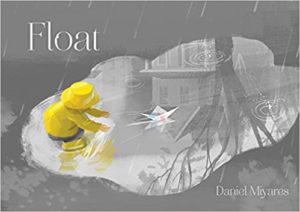
Float
Creator: Daniel Miyares
Published June 9th, 2015 by Simon & Schuster Books for Young Children
About the Book:A boy’s small paper boat and his large imagination fill the pages of this wordless picture book, a modern-day classic from the creator of Pardon Me! that includes endpaper instructions for building a boat of your own.
A little boy takes a boat made of newspaper out for a rainy-day adventure. The boy and his boat dance in the downpour and play in the puddles, but when the boy sends his boat floating down a gutter stream, it quickly gets away from him.
So of course the little boy goes on the hunt for his beloved boat, and when the rain lets up, he finds himself on a new adventure altogether.
This seemingly simply story from Daniel Miyares is enriched with incredible depth and texture that transcend words.
Thank you, Hillary, for this amazing resource!

